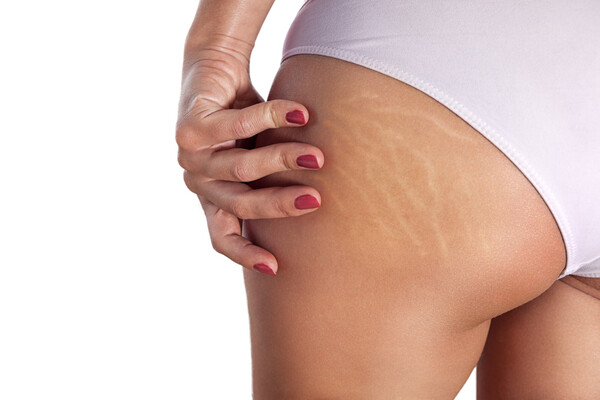Hair transplants have changed an awful lot over the last 10 - 15 years. Those horrible "corn row" effect hair transplants are a thing of the past in modern hair restoration surgery. The techniques today are way more refined and exact in how the surgery is performed. Most importantly the results of modern hair transplant surgery are just far more natural than anything that you've seen or heard of before when it comes to cosmetic hair surgery.
But there's the thing. Your transplant might only be a cosmetic procedure using local anesthetic but it's still surgery so there will be signs that you've had some "work" done. This is what plays on the minds of most people - what will you look like afterwards?
This will really depend on what type of transplants you're going to have. Let's have a look at each type:
Strip Incision Transplant
This is where a piece of hair bearing skin is cut from the back of your head. The tiny single hair grafts are then removed from this and transplanted onto your scalp. You will need stitches to the back of your head to close the donor area - it will take a few days to heal and some swelling and discomfort will be involved. In reality you'll need a few days off work at least for the scar to heal. Also the newly transplanted hair grafts on your head are going to take some time to heal and for the scabs to dry up and fall off and your scalp to get back to normal.
FUE Transplant
An FUE transplant doesn't require a large scar in the donor area. With FUE each hair graft is removed directly from the back and sides of your head and then transplanted to the bald parts of your scalp. Instead of one single large "wound" at the back of your head an FUE transplant will leave you with hundreds or thousands of microscopic holes at the back of your head and on your scalp. Again it's going to take a few days for the transplanted area to heal up and for the scabs to dry up and be washed away. The donor area (where the hair was taken from) will take longer to heal because it's many small "wounds" instead of one large one. The recipient area (where they put the hair) will take a week or two to heal properly so again taking some time off work might be a good idea.
Transplant Scars
It doesn't matter if you have a strip incision or FUE transplant you'll have scars from the surgery. It's really, really important that you keep physical activity to a minimum so that you don't stretch these scars and make it much larger than it needs to be. Ideally you'll keep physical activity to an absolute minimum for several weeks after the hair surgery until you've healed properly.
How Soon Will Your Hair Grow?
Hair transplants are funny things in how the hair grows back. When the hair is transplanted it will grow for a few days or even weeks and then fall out. Relax - this is totally normal and your hair surgeon will (or should have) have warned you about this. A few weeks later the newly transplanted hair will start to grow back - you can expect this to happen within the first 90 days. Some people will see regrowth quickly and other people are going go to have to wait a little longer. After 9 - 12 months you should see the final growth results from your transplant. Then you can decide if you're happy with the final result or if you want to thicken up your hairline a little more with another procedure.
So just after your surgery your scalp is going to look a little bit gross - there will be dried blood and scabs. These will heal up in a few days and your scalp will remain pink for a few days after that. Your donor area will normally be hidden unless your head was shaved during the transplant (which is becoming more and more common) so any scars there should be hidden. Even if your head was shaved there should be enough regrowth within 3 - 4 weeks to cover up any of the donor scars so at worst you'll be out of action for just under a month. Not bad for a life changing result though!





Comments